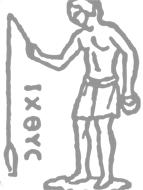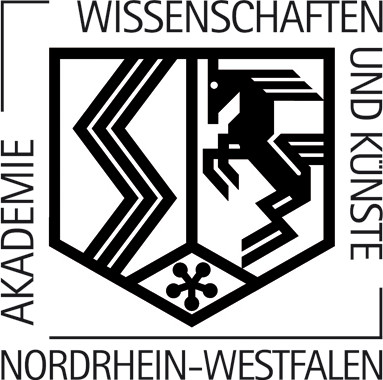Das Fußbodenmosaik des Bischofs Theodorus in der Basilika von Aquileia. Antike Bildersprache und frühchristliche Liturgie
JbAC 6465 (2021/2022) Seiten: 106-141
The floor mosaics of the double basilica, founded by bishop Theodorus in approximately 313/20 AD, feature a motif of nature’s abundance, with a variety of animals and plants from the Hellenistic tradition evoking the themes of the cosmic rebirth at Easter and heavenly bliss. Among these images, there are several that deserve particular consideration for their liturgical meanings related to the Eucharistic sacrifice. In both churches, the images of the struggle between the cock and the tortoise are spatially linked to the altar. This imagery is drawn from the pagan repertoire and it symbolizes the renewal of man through the passion and resurrection of Jesus. In the picture of the southern church, there is a puzzling numeral that may refer to the square footage of a mosaic paid for by anonymous donors who, in exchange for their donation, hoped to receive the prize of eternal life. Additional inscriptions commemorate the faithful in both presbyteries near or at the altars. On the sides of the northern one, there is a ram, a prototypical sacrificial animal, and a white hare, a symbol of paschal transfiguration. These images hint at the underlying truths of the Eucharist. Here, as well as in the southern basilica, the sunlight entering from the windows, especially during the Easter season, illuminates the mosaics, emphasizing their paschal symbolism.In the southern church, particularly, the iconography is more intimated in relation to liturgy. Indeed, a wooden table for oblation stood probably on the mosaic of the ›Eucharistic Victory‹, which was flanked by two baskets, one filled with ears of corn and the other with bunches of grapes – both symbols of the Eucharistic species. Archaeological, biblical, and literary evidence implies that martyrs were invoked as intercessors to sanctify the species, here likely also by virtue of their relics. In the presbytery, there is a mosaic of Jonah prefiguring the death and resurrection of Christ; at the center of the mosaic was the altar on which those mysteries were renewed in the holy Sacrifice of the Mass. Next to it, the praying, white-clad man likely alludes to the celebrant. In this context, the fishing erotes are not just a genre subject; rather, radiating from the altar, they represent the joyful announcement and the bestowing of God’s healing love for all people in the troubled sea of this world. In this original way, after the end of the persecutions, early Christian art, which was still closely bound to Graeco-Roman forms, experienced its first public expressions of faith.


